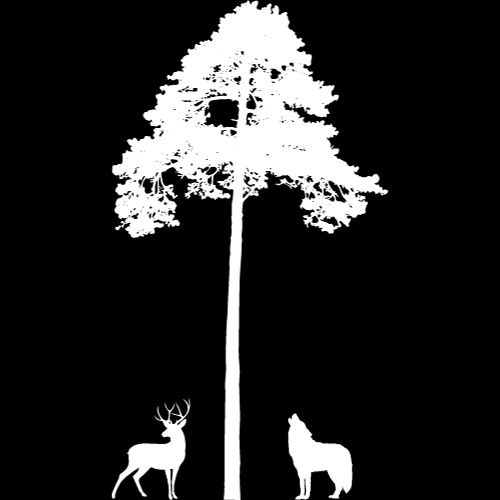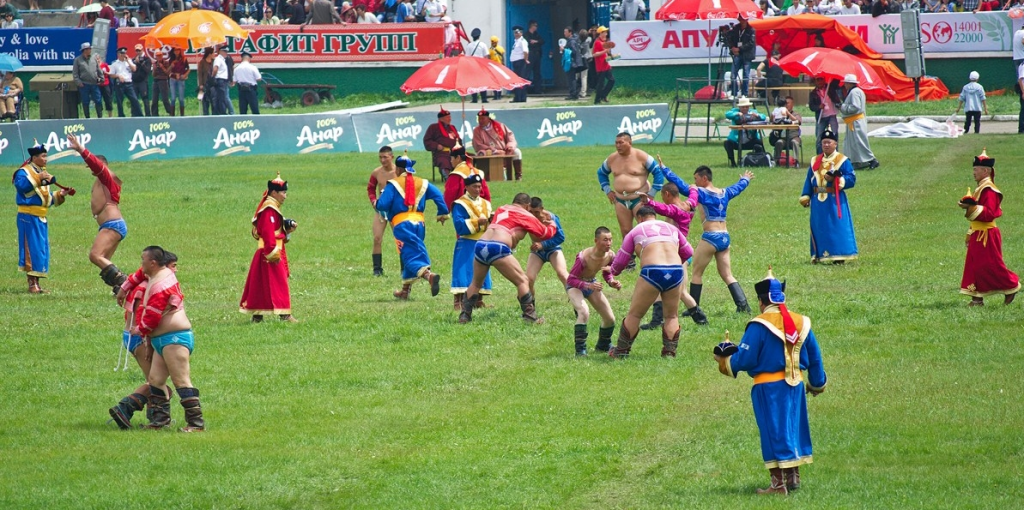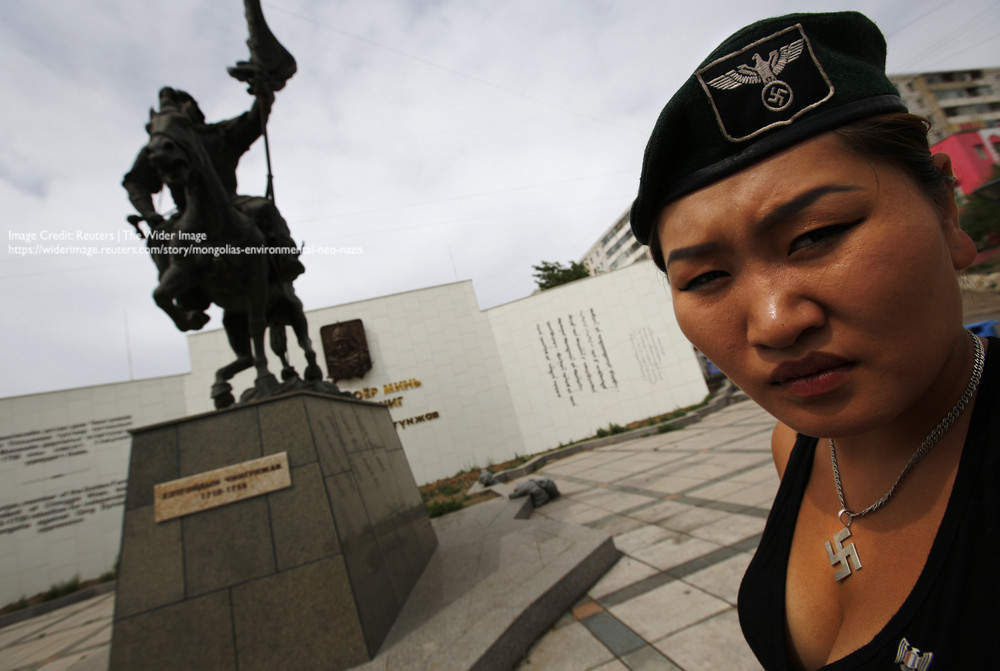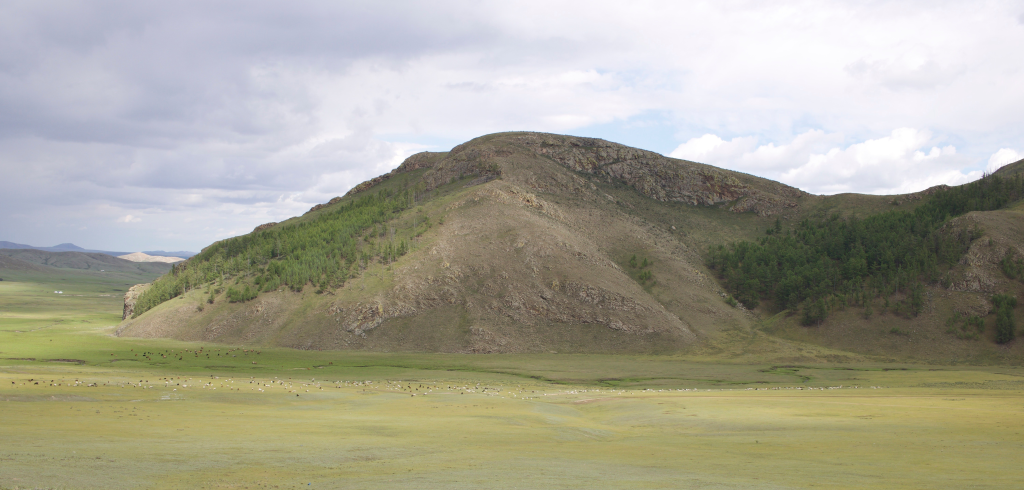Children make great jockeys. They are small, they are lightweight and they are competitive. Especially in a country like Mongolia where everyone either knows or kind of knows (those who live in the city) how to ride a horse, horseback riding is analogous to riding a bike in the U.S. Kind of, except your bike does not have a tendency to kick you when they are angry or spooked, has as much sass as a half-wild beast and does not really like you adding weight and being told what to do. At least, that has been my experience with Mongolian horses. So children make great jockeys – boys and girls generally between seven and 12 years old.
Because of the aforementioned issues with comparing a bike to a horse, issues arise when horses races take place. At the end of the day, horses are animals; they are not perfect, they can fall, they can get angry and buck you off, they can do numerous things to a lightweight child that can leave them hurt, disabled for life or even dead.
Over the last decade, this topic has been garnering more attention with international organizations, child rights groups, parents, and community members who are seeking a middle ground. The government, they assert, should place restrictions to make sure that children are not unnecessarily endangered.
In February 2016, horse racing was added to a list of prohibited jobs for minors, but this restriction only limited horse racing and training between November 1st and May 1st every year citing extreme weather conditions. While the law governing Naadam (the Mongolian summer festival of sports equal in importance to U.S. independence day and the Olympics) bans children under seven from participating in horse racing, and requires that children wear protective gear and be insured. These spotty restrictions only confuse rather than clarify the issue of horse racing and children’s safety.
Additionally, some government officials sponsor horses in races and trainings, or are themselves coaches. By disclosing their connection with the winning horse, the official would show themselves in a favorable light with their rural base that considers horses to be an integral part of rural life and culture. This, coupled with the growth of horse racing as a sport in a less traditional and more commercial and profit-driven way, has further distorted the tradition and put young children in danger.
Maybe it’s time for the government to enforce blanket restrictions, and for Mongolian adults to let children enjoy the traditions of Mongolia without adding additional pressure on them.
For more reading:
https://www.youtube.com/watch?time_continue=4&v=zvZf22izy5o
https://www.unicef.org/mongolia/Unaach_huuhdin_erh_ENG.pdf
http://theubpost.mn/2017/02/23/child-jockeys-shouldnt-race-in-winter-horse-races/
https://akipress.com/news:601497/






Leave a comment